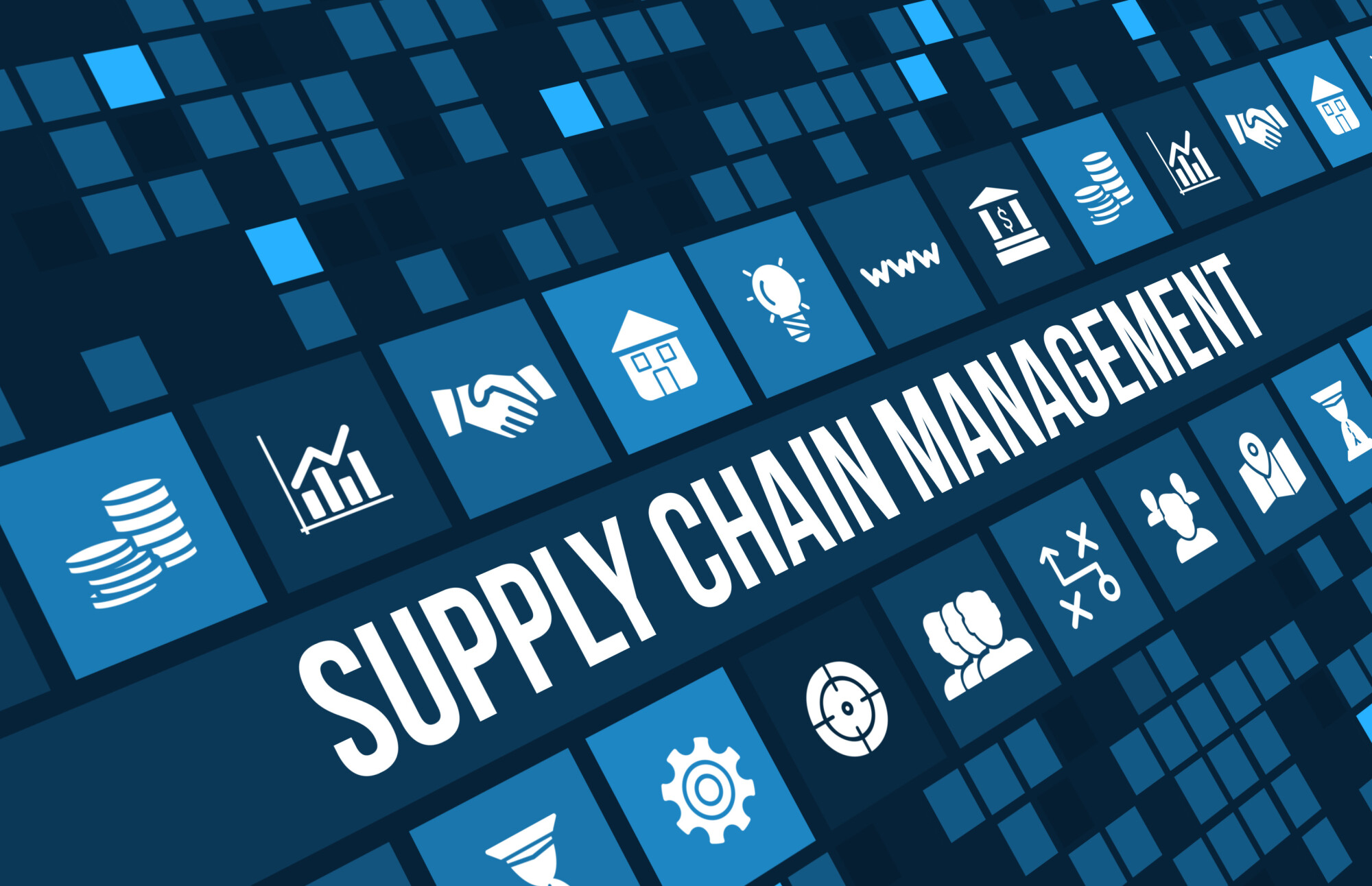
If supply chains had been more reliable during the COVID-19 pandemic, fewer people potentially would have lost their lives due to PPE shortages.
This widely accepted truth illustrates that the stakes involved in disjointed supply chains for the healthcare sector are higher than any other. Yet the same issues faced by all businesses need to be addressed. Planning, sourcing, manufacturing, delivery, and return systems can all fall through at any time without the proper management.
How, then, can the healthcare supply chain run as smoothly as possible, without eating into valuable hospital staff time?
Supply chain excellence is achievable in healthcare if the correct tools are employed. These supply chain basics can give all hospital supply chain managers a starting point.
1. PAR Systems
PAR systems are among hospitals’ most common supply chain management systems. They require staff to hand-count and log how much each product is depleted at regular intervals so more can be ordered.
While simple in nature, it can be expensive and unreliable in practice.
There are advocates for PAR optimization, making ongoing adjustments to each item's minimum and maximum PAR levels. But those can lead to further issues.
A supply chain manager may look at the average usage of an item and set the amount of stock needed accordingly. A doctor may then disagree with their estimate because the item ran out one time, so they feel the hospital should have a surplus in stock. Supply chain managers aren't in the OR, so they may find it difficult to disagree.
Data is critical to avoid the man-hours, human error, and conflict of a PAR system. Data informs decisions and allows complete transparency. The following three supply chain basics are even more reliable than PAR because they depend on data to make the decisions.
2. 2-bin Kanban Solutions
2-bin Kanban solutions are one of the simplest ways to combat supply issues. They involve keeping all stock in two separate bins. When the first bin gets emptied, a restocking order is placed that arrives before the second bin runs out.
By employing these tools, suppliers have an exact measure of the quantities of equipment hospitals need at any given time. Items can be ordered not via guesswork but with exact, tangible numbers. And no excess stock ordered 'just in case' sits and expires on shelves.
Further, they help organize the supply rooms themselves. One study reported the 2-bin Kanban method reduced clinicians' time in the supply room by 87%. The system allowed them to focus their time on their patients rather than wasting time hunting for equipment.
3. ERP Systems
These information management systems can store all hospital data, from patient records to what's needed in the supply room. ERP systems can streamline supply chain management and supply replenishment for hospitals if employed correctly.
Traditional systems have their issues. Ultimately, their manual-entry nature allows room for human error. However, platform-based and cloud-based ERP systems are also becoming available, complete with embedded accounting systems to keep track of stock.
These are even easier to implement and access and even more reliable. While not as powerful as the next option, ERP systems are one of the best supply chain basics to consider.
4. Analytics & Inventory Management Software
As a time-saving solution, automation will always be king. Analytics software and ordering, receiving, and warehousing software work hand-in-hand to manage your supply needs.
These real-time systems expand on what ERPs can achieve. The software uses multiple metrics to identify trends in item usage to predict what the hospital will need and when.
Analytic systems also streamline the process by sending orders directly to manufacturers. When appropriately used, the need to store backup stock in a warehouse is near-eliminated—reducing wasted funds spent on stock that end up sitting on shelves and expiring and on storage overhead for the hospital.
These systems remove the manual documentation processes that eat into clinicians' time and are subject to human error. They can be made even more effective by one more method - vertical collaboration between the supply chain.
5. Vertical Collaboration
Transparent communication between businesses in a supply chain is always challenging. With each serving its interests, suppliers may often downplay how low they are on certain products to keep their client's business. This knocks on to a shortage of supplies within the hospital.
A vertical collaboration arrangement aims to combat this. If all parties in a healthcare supply chain openly share data, vertical collaboration can address any unavoidable issues within the chain in time.
Further, vertical collaboration requires the implementation of supply management software. Involving analytical software dramatically improves efficiency across the chain.
An added benefit to establishing vertical collaboration is reduced medical errors.
Errors are more likely to occur when clinicians are unfamiliar with the equipment model or when it's unreliable. However, a free flow of data across the supply chain makes it possible to use one reliable supplier, as any stock shortages can be foreseen and planned accordingly.
Now, rather than a hospital jumping between less reliable suppliers when stocks get low, their staff can become familiar with the tools they're using and use them more effectively.
How to Choose Your Supply Chain Basics
A streamlined supply chain management system benefits healthcare workers and patients alike, improving treatment delivered while saving money.
Supply chain basics like tried-and-tested PAR and ERP systems are effective. But while they seem to save money upfront, the man-hours involved in keeping them updated are substantial. The most efficient option would be to invest in a less time-consuming 2-bin Kanban System or Inventory Management System.
Are you thinking of upgrading your supply chain management system? Get in touch with us to help you determine which will work best for your facility.
